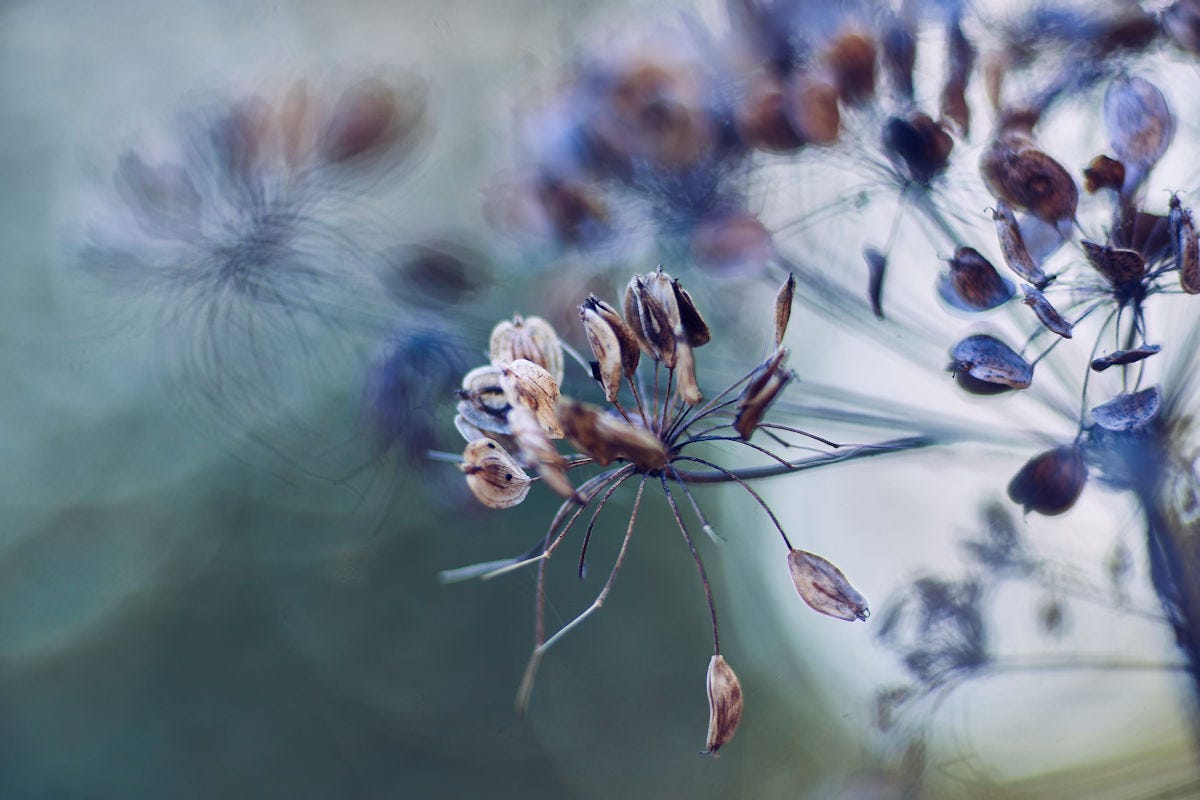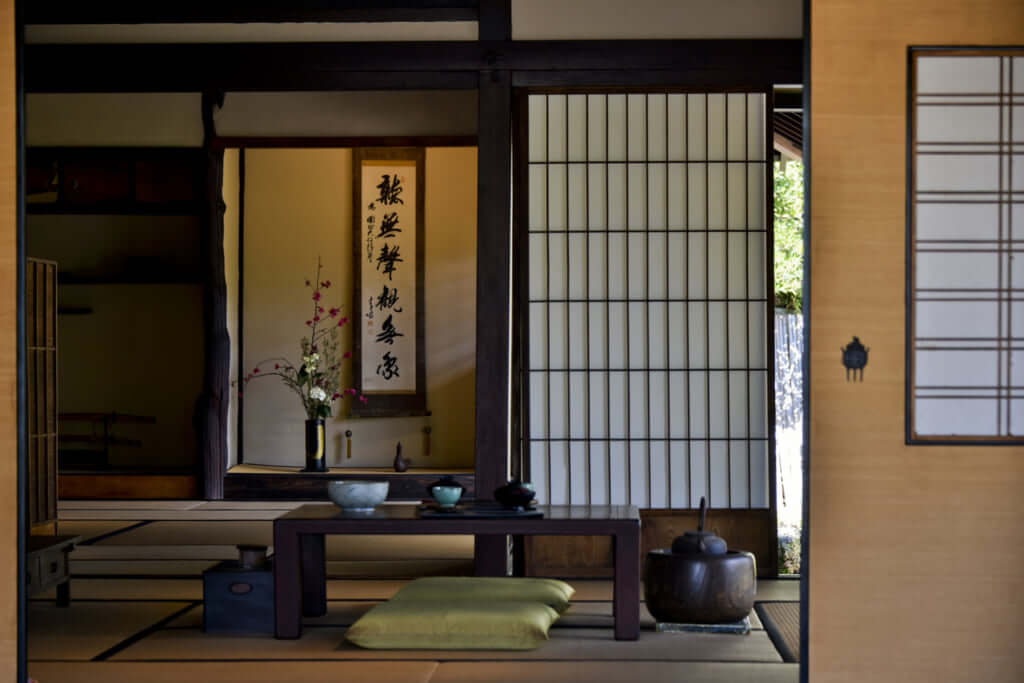Japanese Aesthetic Ideals

Artistic principles and aesthetic ideals of zen in the structure of primordial essences and phenomenal worlds.
Japanese aesthetic ideals. Main article iki aesthetic ideal the phrase iki is generally used in japanese culture to describe qualities that are aesthetically appealing. Japanese and zen aesthetic principles and ideals. The term iki is commonly used in both conversation and writing having had a lasting effect on the development and continuation of japanese aesthetics in the modern day despite not necessarily being considered exclusive of other categories of japanese aesthetic concepts and ideals such as wabi sabi. These ideals and others underpin much of japanese cultural and aesthetic norms on what is considered.
These ideals and others underpin much of japanese cultural and aesthetic norms on what is considered. Representations of deities for devotional purposes and paintings of daoist and buddhist themes d�?shakuga were being supplanted as the heart of art practice as japan saw its first movements towards initiating an art tradition seeking purely aesthetic ideals. The japanese aesthetic is a set of ancient ideals that include wabi transient and stark beauty sabi the beauty of natural patina and aging and yūgen profound grace and subtlety. According to leonard koren wabi sabi is the most conspicuous and characteristic feature of what we think of as traditional japanese beauty and it occupies roughly the same position in the japanese pantheon of aesthetic values as do the greek ideals of beauty and perfection in the west.
The term miyabi was used to express the image of the ideal aristocratic culture. Unlike our western views of aesthetics which are essentially trend based japanese aesthetics are broader ideals that can be applied to the elements of life be that complex and spiritual or just. The japanese aesthetic is a set of ancient ideals that include wabi transient and stark beauty sabi the beauty of natural patina and aging and yūgen profound grace and subtlety. Miyabi is one of the oldest of the traditional japanese aesthetic ideals.
The modern study of japanese aesthetics only started a little over two hundred years ago in the west. While similar to wabi sabi in that it disregards perfection iki is a broad term that encompasses various characteristics. The modern study of japanese aesthetics only started a little over two hundred years ago in the west.








